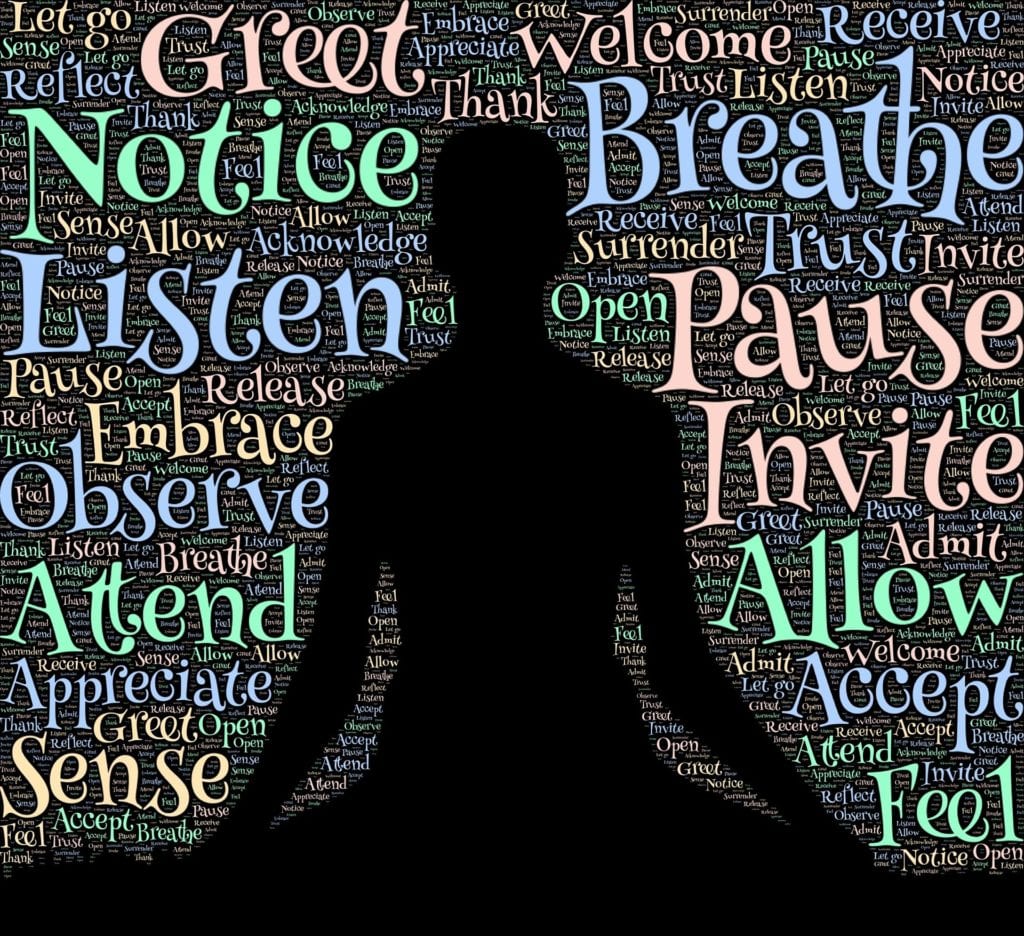
Sleep and relaxation are so important for our overall wellness and optimal functioning.
If you are not getting enough sleep – quality sleep each night – it adds up and your functioning eventually suffers. This suffering may show itself in loss of patience, inability to focus, lack of energy, health problems, etc.
This week we will focus on sleep and how to get enough sleep – simply by paying attention to our sleep hygiene – we can notice simple things that we can change that may have a huge impact in our overall wellness and feeling good!
Counseling Services can help- Call +1 (607) 778-5210 or email us at counselingservices@sunybroome.edu, or check us out at Counseling Services to schedule an appointment with one of our trained professionals.
Mindfulness Monday out of the Counseling Corner:
Progressive Muscle Relaxation for Stress and Insomnia
Progressive muscle relaxation (PMR) is a deep relaxation technique that has been effectively used to control stress and anxiety, relieve insomnia, and reduce symptoms of certain types of chronic pain.
Progressive muscle relaxation is based upon the simple practice of tensing, or tightening, one muscle group at a time followed by a relaxation phase with release of the tension.
Doctors have used progressive muscle relaxation in combination with standard treatments for symptom relief in a number of conditions, including headaches, cancer pain, high blood pressure, and digestive disturbances.
The technique of progressive muscle relaxation was described by Edmund Jacobson in the 1930s and is based upon his premise that mental calmness is a natural result of physical relaxation.
Progressive muscle relaxation can be learned by nearly anyone and requires only 10 minutes to 20 minutes per day to practice.
Most practitioners recommend tensing and relaxing the muscle groups one at a time in a specific order, generally beginning with the lower extremities and ending with the face, abdomen, and chest. You can practice this technique seated or lying down, and you should try to practice with comfortable clothing on, and in a quiet place free of all distractions.
Here is how it works;
- While inhaling, contract one muscle group (for example your upper thighs) for 5 seconds to 10 seconds, then exhale and suddenly release the tension in that muscle group.
- Give yourself 10 seconds to 20 seconds to relax, and then move on to the next muscle group (for example your buttocks).
- While releasing the tension, try to focus on the changes you feel when the muscle group is relaxed. Imagery may be helpful in conjunction with the release of tension, such as imagining that stressful feelings are flowing out of your body as you relax each muscle group.
- Gradually work your way up the body contracting and relaxing muscle groups.
People who suffer from insomnia often report that practicing progressive muscle relaxation at night helps them fall asleep. Progressive muscle relaxation is also an excellent tool to help learn about the body and the signals it may be telling you. With practice and time, you can learn to accurately identify and diminish the signs and signals of stress and tension in your body.
We encourage you to do a progressive muscle relaxation exercise 1-3 times a week. You can easily find a script to listen to on YouTube by searching for a progressive muscle relaxation. Good luck!
Counseling Services can help- Call +1 (607) 778-5210 or email us at counselingservices@sunybroome.edu, or check us out at Counseling Services to schedule an appointment with one of our trained professionals.

